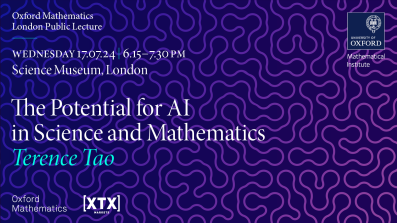14:00
Undergraduate Summer Project Presentations: Spin Representations for Coxeter Groups and Generalised Saxl Conjecture
Abstract
A well-known open problem for representations of symmetric groups is the Saxl conjecture. In this talk, we put Saxl's conjecture into a Lie-theoretical framework and present a natural generalisation to Weyl groups. After giving necessary preliminaries on spin representations and the Springer correspondence, we present our progress on the generalised conjecture. Next, we reveal connections to tensor product decomposition problems in symmetric groups and provide an alternative description of Lusztig’s cuspidal families. Finally, we propose a further generalisation to all finite Coxeter groups.


